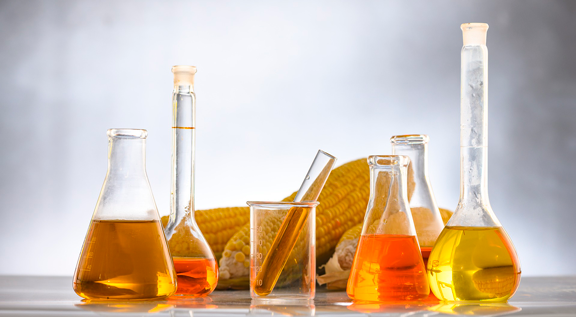
Image: Pixabay
Volume produced in just one unit installed in the state corresponded to 22% of the national total.
Corn ethanol production in Mato Grosso do Sul in the 2022/23 harvest was the second largest in Brazil. This is what a survey by Unem (National Corn Ethanol Union) points out, passed on to Semadesc (Secretariat of Environment, Development, Science, Technology and Innovation). According to the entity, the production of just one plant in operation in the state corresponded to 21.91% of the volume of corn ethanol produced in the country in last year's harvest.
{module Form RD}
“There were 0.71 million cubic meters produced in Mato Grosso do Sul in the 2022/23 harvest, out of a total production of 4.38 million cubic meters of fuel in the country. According to Unem, the estimate for the 2023/24 harvest is 1.14 million cubic meters of corn ethanol produced by just one of the ethanol plants installed in the State. Neomille, in Maracaju, will start production by the end of 2023, while Inpasa, in Dourados, is already in operation and fully operational”, comments secretary Jaime Verruck, from Semadesc.
In addition to Mato Grosso do Sul, four other Brazilian states produce corn ethanol, both hydrated and anhydrous. Mato Grosso leads the ranking of biofuel production, followed by MS, GO, PR and SP. In total, the country already has 20 ethanol plants in operation with an installed capacity of 6 million cubic meters in the 2023/24 harvest.
According to Biosul, total ethanol production in Mato Grosso do Sul in the 2022/23 harvest reached 3.2 billion liters, a volume 33% higher compared to the last harvest, already with the participation of corn ethanol.
Secretary Jaime Verruck, from Semadesc, reinforces that the investments attracted by the state administration for the installation of corn ethanol plants in Mato Grosso do Sul “are part of Governor Eduardo Riedel's strategy of expanding and promoting the diversification of the energy matrix from of clean and renewable energy sources in the State, contributing to achieving the goal of making Mato Grosso do Sul a Carbon Neutral territory in 2030”.
Source: datagro












